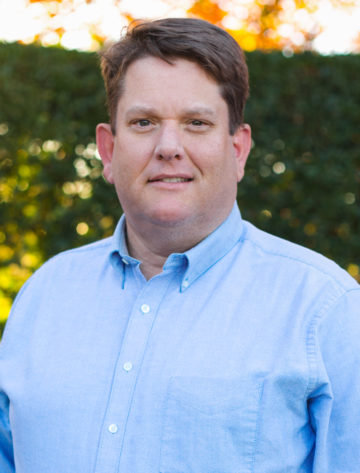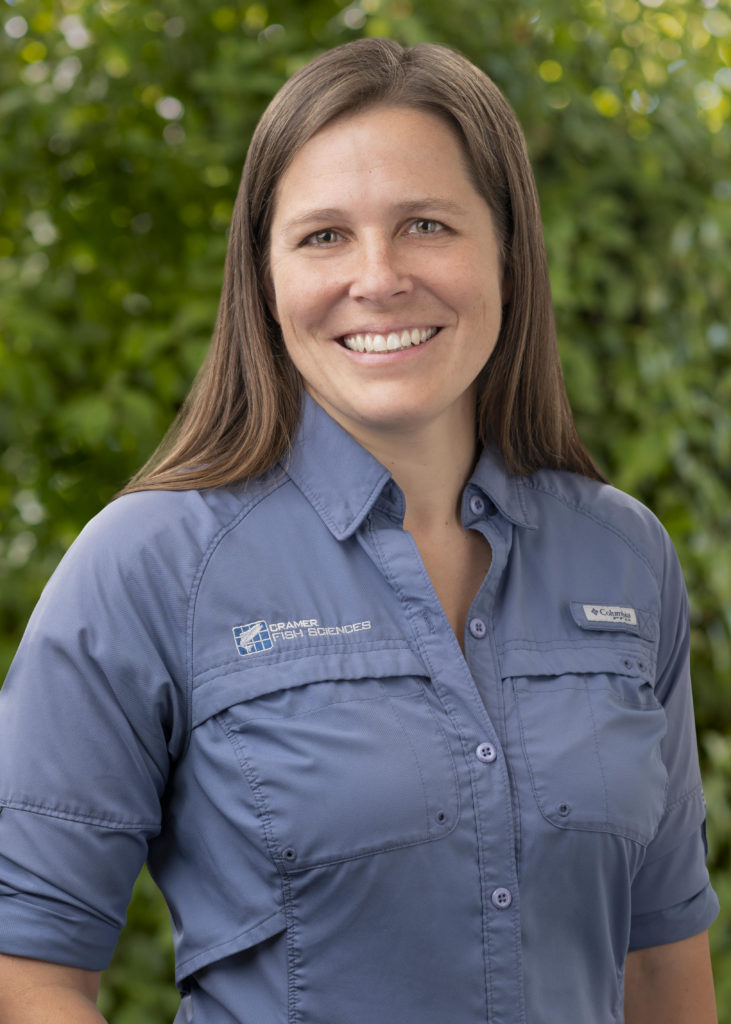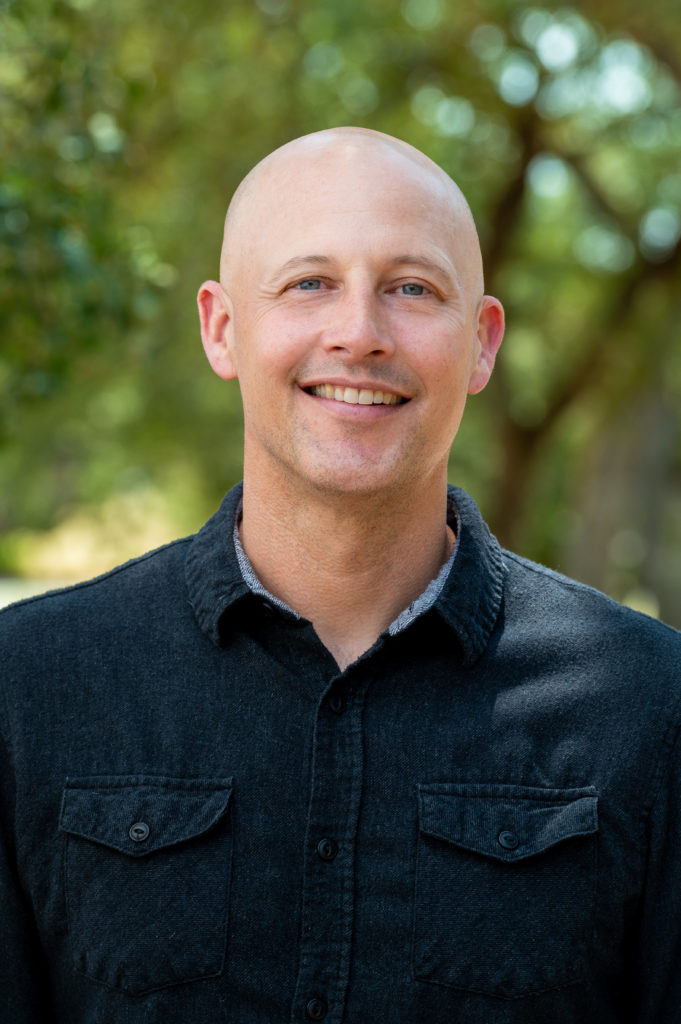
Hans Berge, M.S.
Program Manager III
B.S. Fisheries and Wildlife; M.S. Aquatic and Fishery Sciences
Phone: (503) 446-5942
Portland, Oregon
Hans has over 20 years of experience working in state and local governments developing natural resource policies, managing salmon and aquatic habitat restoration projects, and conducting research in terrestrial and aquatic systems. He has expertise in leading project teams to conduct research and perform complex analyses, scope and implement restoration projects, develop salmon recovery plans, implement effective monitoring programs, complete fish passage improvement projects, and identify solutions to a variety of complex fisheries and environmental issues. He excels at working with multi-dimensional stakeholder groups to use science to address pressing natural resource challenges.
Selected Publications
Berge, H. B., H. Haemmerle, and T. Miskovic. 2017. Monitoring the effectiveness of forest practice rules in protecting aquatic resources. Northwest Woodlands 33(3):14-27.
Tabor, R. A., A. Bell, D. Lantz, H. B. Berge, and D. Hawkins. 2017. Phototaxic behavior of subyearling salmonids in the nearshore area of two urban lakes in western Washington state. Transactions of the American Fisheries Society 146:753-761.
Black, R. W., C. R. Czuba, C. S. Magirl, S. McCarthy, H. Berge, and K. Comanor. 2016. Effects of a levee setback on aquatic resources using two-dimensional flow and bioenergetics models. United States Geological Survey Scientific Investigation Report 2016-5025, Reston, Virginia.
Tabor, R. A., R. Peters, H. B. Berge, and R. Piaskowski. 2016. Diet of the torrent sculpin, Cottus rhotheus, in the Cedar River, Washington: effect of season, habitat type, and predator size with emphasis on piscivory. Northwestern Naturalist 97:190-204.
David, A. T., C. A. Simenstad, J. R. Cordell, J. D. Toft, C. S. Ellings, A. Gray, and H. B. Berge. 2015. Wetland loss, juvenile salmon foraging performance, and conspecific density-dependence in Pacific Northwest estuaries. Estuaries and Coasts 1-14.
Quinn, T. P., M. H. Bond, and H. B. Berge. 2015. Use of egg size differences in anadromous (sockeye salmon) and non-anadromous (kokanee) forms of Oncorhynchus nerka to infer ancestral origin of a landlocked population. Ecological Research 30(3):547-554.
Tabor, R. A., D. W. Lantz, J. D. Olden, and H. B. Berge. 2015. Assessment of introduced prickly sculpin populations in mountain lakes in two areas of western Washington State. Northwest Science 89(1):1-13.
Tabor, R. A., H. B. Berge, M. M. Klungle, B. E. Thompson, D. W. Lantz, and B. E. Price. 2014. Predation of juvenile salmonids by resident trout and other fishes in the lower Cedar River, Washington. Final report to Seattle Public Utilities, Seattle, Washington.
Burton, K. D., L. G. Lowe, H. B. Berge, H. K. Barnett, and P. L. Faulds. 2013. Comparative dispersal patterns for recolonizing Cedar River Chinook above Landsburg Dam, Washington, and the source population below the dam. Transactions of the American Fisheries Society 142(3):703-716.
Konrad, C., H. B. Berge, R. Fuerstenberg, K. Steff, T. Olsen, and J. Guyenet. 2011. Channel dynamics in the Middle Green River, Washington, from 1936 to 2002. Northwest Science 85(1):1-14.
DeGasperi, C. L., H. B. Berge, K. R. Whiting, J. J. Burkey, J. L. Cassin, and R. R. Fuersteerg. 2009. Linking hydrologic alteration to biological impairment in urbanizing streams of the Puget Lowland, Washington, USA. Journal of the American Water Resources Association (JAWRA) 45(2):512-533.
Overman, N. C., D. B. Beauchamp, H. B. Berge, M. M. Mazur, and J. K. McIntyre. 2009. Differing forage fish assemblages influence trophic structure in neighboring urban lakes. Transactions of the American Fisheries Society 138:741-755.
Matzen, D. A., and H. B. Berge. 2008. Assessing small stream biotic integrity using fish assemblages across an urban landscape in the Puget Sound Lowlands of Western Washington. Transactions of the American Fisheries Society 137:677-689.
 (888) 224-1221
(888) 224-1221 Locations
Locations





